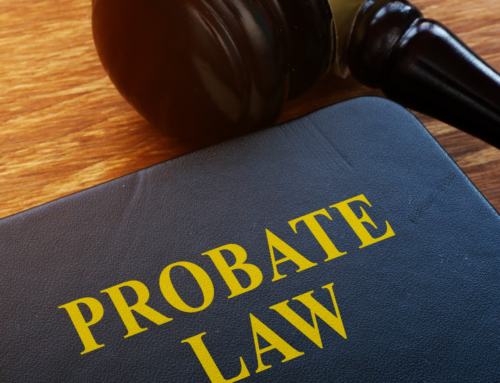In Dynamex Operations West, Inc. v. the Superior Court of Los Angeles County, the California Supreme Court adopted a new standard to determine whether a worker is properly classified as an employee or an independent contractor. The simplified standard, known as the ABC test, looks at three required factors to determine a valid independent contractor who would not be subject to one of California’s wage orders and other employer obligations:
- (A) First, that the worker is free from the control and direction of the hirer in connection with the performance of the work, both under the contract for the work and in practice;
- (B) Second, that the worker performs work that is outside the usual course of the hiring entity’s business; and
- (C) Third, that the worker is customarily engaged in an independently established trade, occupation, or business of the same nature as the work performed for the hiring entity.
The workers in the case were delivery drivers for Dynamex, a nationwide package and document delivery company. They claimed Dynamex had misclassified them as independent contractors. In applying the ABC Test, the Court agreed, finding that Dynamex had failed two of the three prongs of the test, specifically prongs (B) and (C). The court reasoned that the drivers performed work that was central to Dynamex’s core business, that the drivers performed such work only for Dynamex, that they did not have any employees of their own, and they did not independently engage in delivery services for customers of their own.
The Court provided examples of when workers are truly independent contractors and when they are not. It cited plumbers or electricians as often legitimate independent contractors, and contrasted those trades with employees who perform services integral to a company’s business, such as a seamstress hired by a clothing manufacturing company or a cake decorator hired by a bakery.
Properly classifying a worker as an employee or independent contractor is critical in the hiring process. If a worker should be classified as an employee, the hiring business bears the responsibility of paying federal Social Security and payroll taxes, unemployment insurance taxes and state employment taxes, providing workers compensation insurance, and complying with state and federal laws regulating the wages, hours and working conditions of employees. Misclassification of an employee as an independent contractor exposes the hiring businesses to liabilities from both state and federal regulatory agencies, including the IRS, as well as from the misclassified employees themselves, who may pursue wage and hour claims against the hiring entity, seeking additional wages and penalties.
We hope the information in this Advisor helps your business evaluate whether your workers are properly classified. If you have questions, or desire or need specific legal advice, please do not hesitate to contact us.
DISCLAIMER: This Advisor is one of a series of business, real estate, employment, estate planning and tax bulletins prepared by the attorneys at Fauver, Large, Archbald & Spray, LLP. This Advisor is not exhaustive, nor is it legal advice. You should discuss your particular situation with us or with your own attorney. Our legal representation is only undertaken through a written engagement letter and not by the distribution or use of this Advisor.





